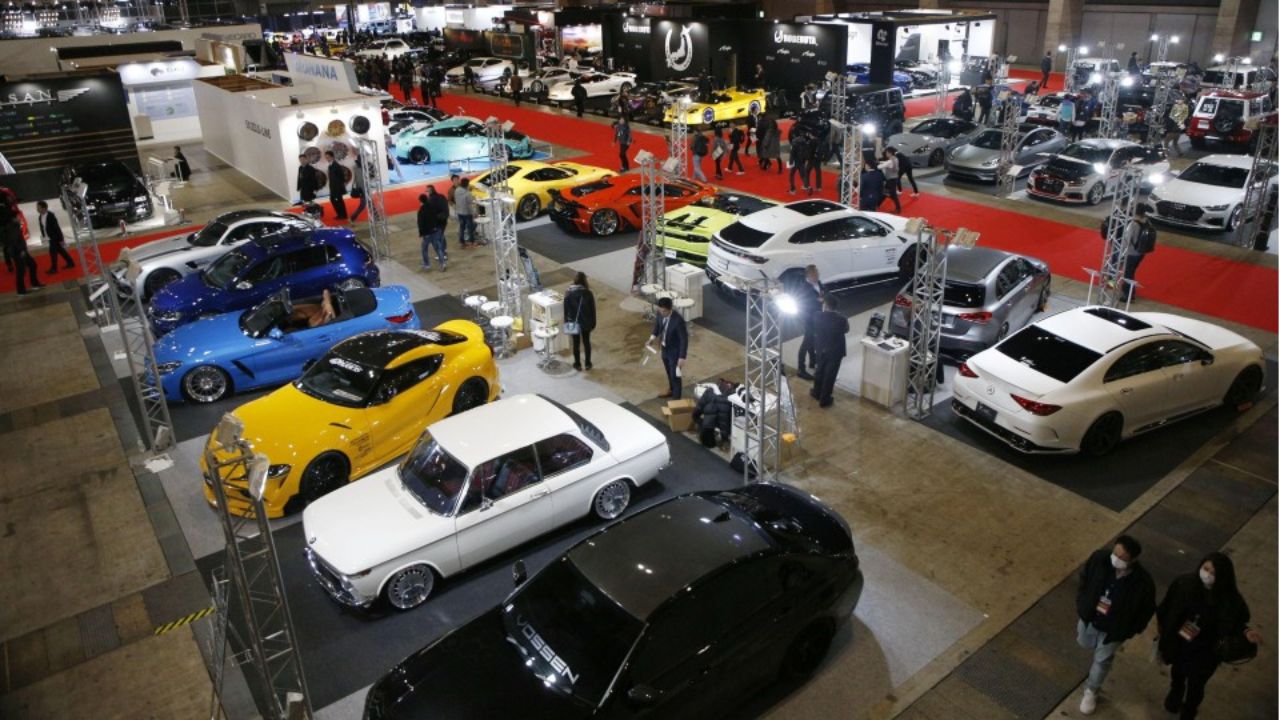The Evolution of an Institution Japan’s premier auto exhibition is back in action this week, not seen since 2019 due to the pandemic’s disruptions. However, this iconic event returns with a fresh identity: The Japan Mobility Show, a departure from its original title, the Tokyo Motor Show, which had been unchanged since 1964.
This show was once the jewel in the crown for car aficionados in Japan and held a spot amongst the world’s top five auto events, sharing this honor with prestigious shows in cities like Frankfurt and Paris. However, the shifting focus of automakers to Chinese events signaled a need for change.
Adapting to Changing Times Driven by the Japan Automobile Manufacturers Association (JAMA), this rebranding emphasizes ‘mobility’, highlighting the ongoing industry revolution characterized by innovations in connected, autonomous, and electric vehicles. This rebranding mirrors Germany’s iconic Frankfurt Motor Show’s transition to IAA Mobility.
Also Read: Pandya May Miss England, Sri Lanka Matches in World Cup 2023
Akio Toyoda, Chairman of JAMA and head of Toyota, has accentuated the imperative to “accelerate the reform” of this event, especially post-pandemic. The idea is to transcend traditional boundaries and introduce participants to the future of mobility.
Broadening Horizons
With this pivot, the show aims to appeal to a wider array of exhibitors. The current edition has indeed drawn a record 475 firms, dwarfing the 192 from 2019. Visitors can expect a delightful concoction of exhibits including future-focused zones displaying innovations in space, robotics, and even gastronomy.
Start-ups also make a prominent appearance, underscoring Japan’s commitment to fostering next-gen tech innovations. Case in point: SkyDrive’s debut, introducing attendees to the realm of aerial mobility.
A Family Affair
Keeping in mind the varied audience, the event has collaborated with KidZania, providing children a sneak-peek into vehicle design and manufacturing, ensuring the event is a hit with families, much like in 2019.
Major automakers, though, still form the event’s nucleus. Honda, for instance, is showcasing its diverse mobility offerings, ranging from jets to bicycles. Meanwhile, Toyota and Subaru are not far behind, with discussions around EV transitions and even concept flying cars.
Global Participation
While some global giants like General Motors and Ford have given this year’s event a miss, Chinese EV titan BYD is making waves. Having recently outpaced Tesla in EV sales, BYD’s participation underscores its aspirations in the Japanese market.
The Japan Mobility Show, stationed at Tokyo Big Sight, will be open to the public through November 5th. With a goal to attract a million attendees, it stands as a testament to Japan’s resilient spirit and its vision for the future of mobility.

















